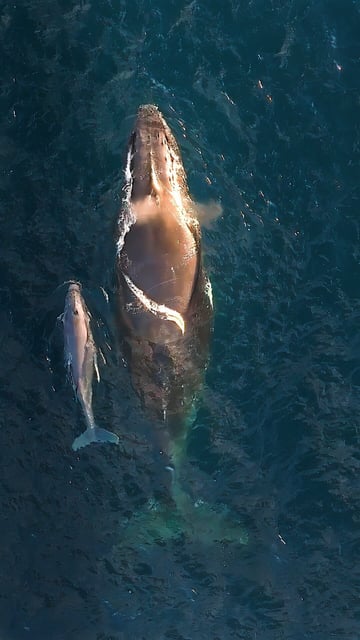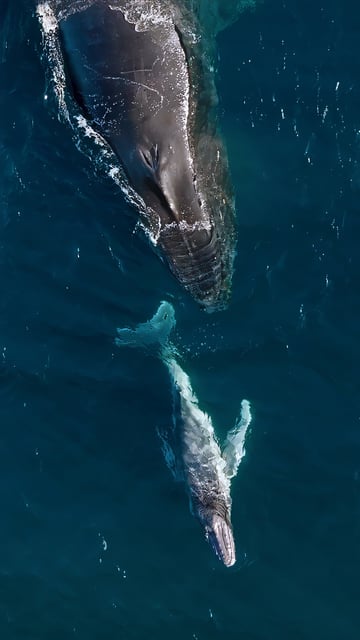Overview
- A study confirms humpback whale calves are being born as far south as Tasmania and New Zealand, challenging the assumption that calving only occurs in tropical waters.
- Mothers and newborn calves immediately continue their northward migration, exposing vulnerable calves to risks such as vessel strikes and entanglements.
- Researchers documented 209 records of newborn calves since 1991, with most sightings occurring after 2016 and a surge in 2023–2024.
- Historical whaling records suggest this southward calving pattern likely existed but was obscured by low whale populations during the hunting era.
- Scientists call for expanded marine protections, awareness campaigns, and further research to safeguard calves along newly identified calving and migratory corridors.

